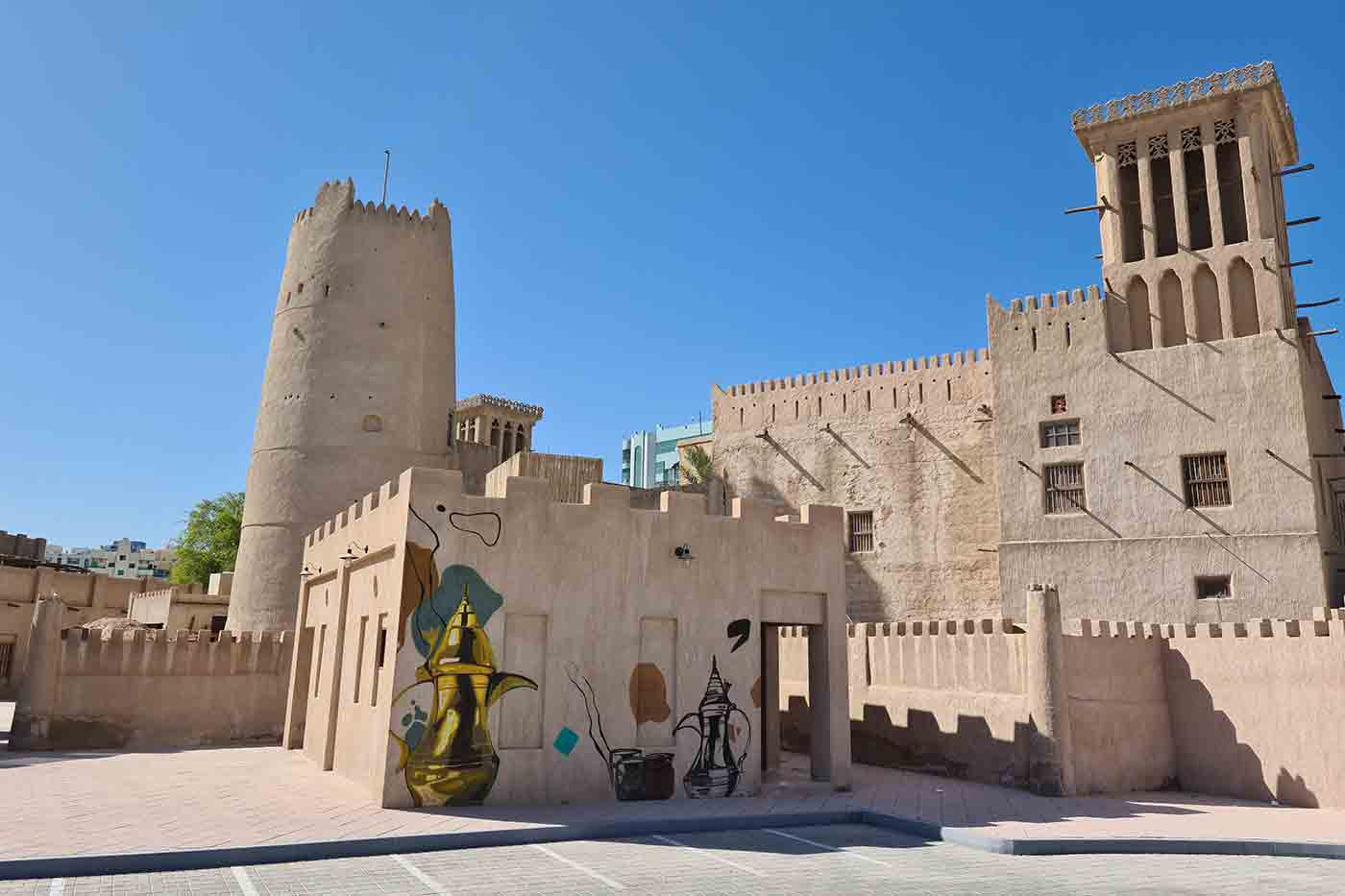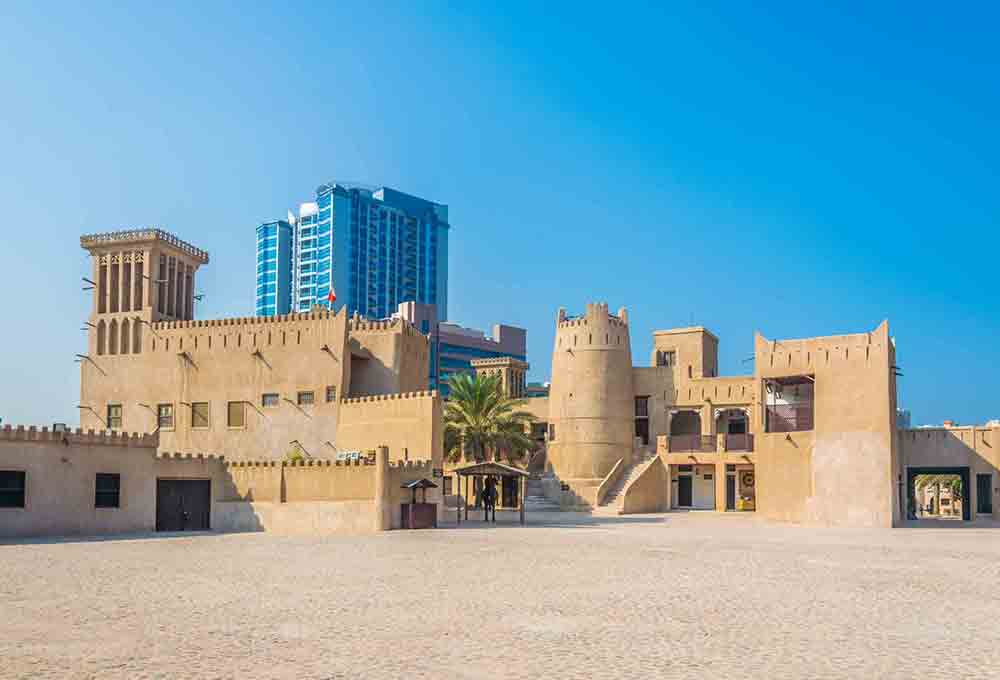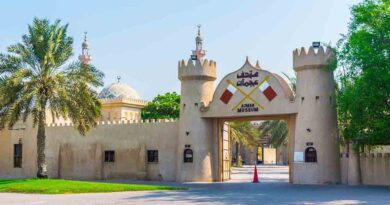Visit The Ajman Fort – A Complete Guide About Ajman Fort
The emirate of Ajman houses the Ajman Fort with the same name in the United Arab Emirates. The Ajman Fort has seen all kinds of royalty from the ruler using it as his official residence to the police using it as its Headquarters to the present day Museum.
The Ajman fort was supposed to have been built in the late 18th century. This fort was shelled by the British war ships and destroyed. This fort was later rebuilt by Sheikh Humaid bin Rashid Al Nuaimi, who was the ruler during the years 1838 to 1841. Up until 1970 this fort was used as the royal residence and had been restored multiple times. Post that the fort was used as the headquarters of the Ajman Police and was modified to their purpose.
Once the police too shifted to their new headquarters, this fort was partially brought down around 1981. However its value was restored when it was completely re-built in the late 80s and turned into a museum. The museum is home to an extensive assortment of traditional life depicting artefacts and details of Ajman.
During the years when Sheikh Humaid bin Abdul Aziz’s rule, the fort consisted of two towers and four rooms within them. Post 1986 a third tower was added using gravel and red plaster naming it the Red Fort. Interestingly sandalwood has been used in the beams to support the roof.

The Ajman Fort is surrounded by a quiet and serene life and is more known for its sandy beaches, spectacular views of the Arabian Gulf.
As you enter the Fort, cannons greet you leading to the towers which were part of the Muwaihat burial site on the outer portions of the city. Apparently a lot of excavation was accidental as Municipality workers dug up a lot of copper, pottery, beads and other such artefacts from as early as 2000 BC. A tomb belonging to the Umm Al-Nar period too indicates the chamber for burial of a family. The Ajmal Fort not only houses the variety of cultural items but also displays guns, ammunition and swords.
The courtyard captures one’s imagination even as the walls and structure showcase the stones and corals from neighboring Oman. The fort is a bright mixture of gypsum, sand, mud and seashells. They not only help prevent heating but also extreme cold.
Do not miss the wind tower, the oldest in existence. It cools the winds in the lower section and during long spells of heat wet dhows were hung on top to cool the surroundings.
Table of Contents
Best time to visit Ajman Fort:
October to April is the best time to visit Ajman Fort. It is a moderate weather condition area, but do expect high humidity in summers. This makes it unpleasant during the Summers.
Visit Timings of Ajman Fort:
Timings: 8 AM – 5 PM
It is best if you manage to reach early and explore and soak in the atmosphere before the heat rises.
Location of Ajman Fort:
The Ajman Fort is located on the east side of the central square in the Al Bustan area,
Entrance Fees to Ajman Fort:
The Entrance to the Ajman Fort is Free, but there are chargeable tickets to visit Ajman Museum, which is also a part of the Ajman Fort complex.
Required time to explore the Ajman Fort:
You may need between 1 – 1.5 hours to visit the fort. Though you could be pardoned to take longer as the fort is imposing and the views are magnificent
Things to Remember while you visit the Ajman Fort:
- Photography is allowed and unless it hinders the view there is no major problem.
- Expect a lot of quiet against the Sharjah and Dubai feel.
- Carry water as the walk around could be pretty long.
Image Reference
- Image 1 – Alexandermcnabb / Wikimedia Commons


